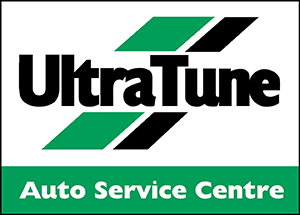Considering an alternate vehicle fuel comes with potential both positive and negative in nature. Reduced emissions, improved range, increased savings are compelling arguments for changing to hybrid, LPG, CNG (Compressed Natural Gas), biodiesel, fully electric or hydrogen fuel cell vehicles, but all things need to be considered.
A company must investigate the impacts, both positive and negative, on investing in alternative drivetrains for their fleet to thoroughly assess how it would prospectively impact the fleet’s functionality.
Alternative fuels are regarded as such because infrastructure, range, affordability and practicality are still somewhat limiting factors for widespread, regular fleet use. However, these factors improve over time and it is important to be aware of such changes as they become more equitable to a company’s fleet. Infrastructure to support plug-in electric vehicles is growing in Australia, albeit slowly, while hydrogen fuel cells have more recently started making serious in-roads with consumers.
To this point, alternative fuels are being encouraged globally. If a company is looking to change tact on the impact its fleet has on air quality and emissions, not to mention reputation, then this can be an option to consider if the circumstances are just.
It’s important to research these varying alternatives and consider how they might work for your fleet now and into the future as the business changes. If initiatives like funding electric vehicle (EV) charging stations on-site or collaborating with third parties, particularly for centralised fleets with a significant back-to-base network of offices, worksites or locations.
Cost is also a major factor here, again because while EVs (and soon-to-arrive hydrogen fuel cell vehicles HFCVs) may be relatively expensive compared to internal combustion engine (ICE) vehicles, making considered and solid investments now could pay dividends long-term. It can also have marketing, reputation and corporate benefits to lead in this regard.











